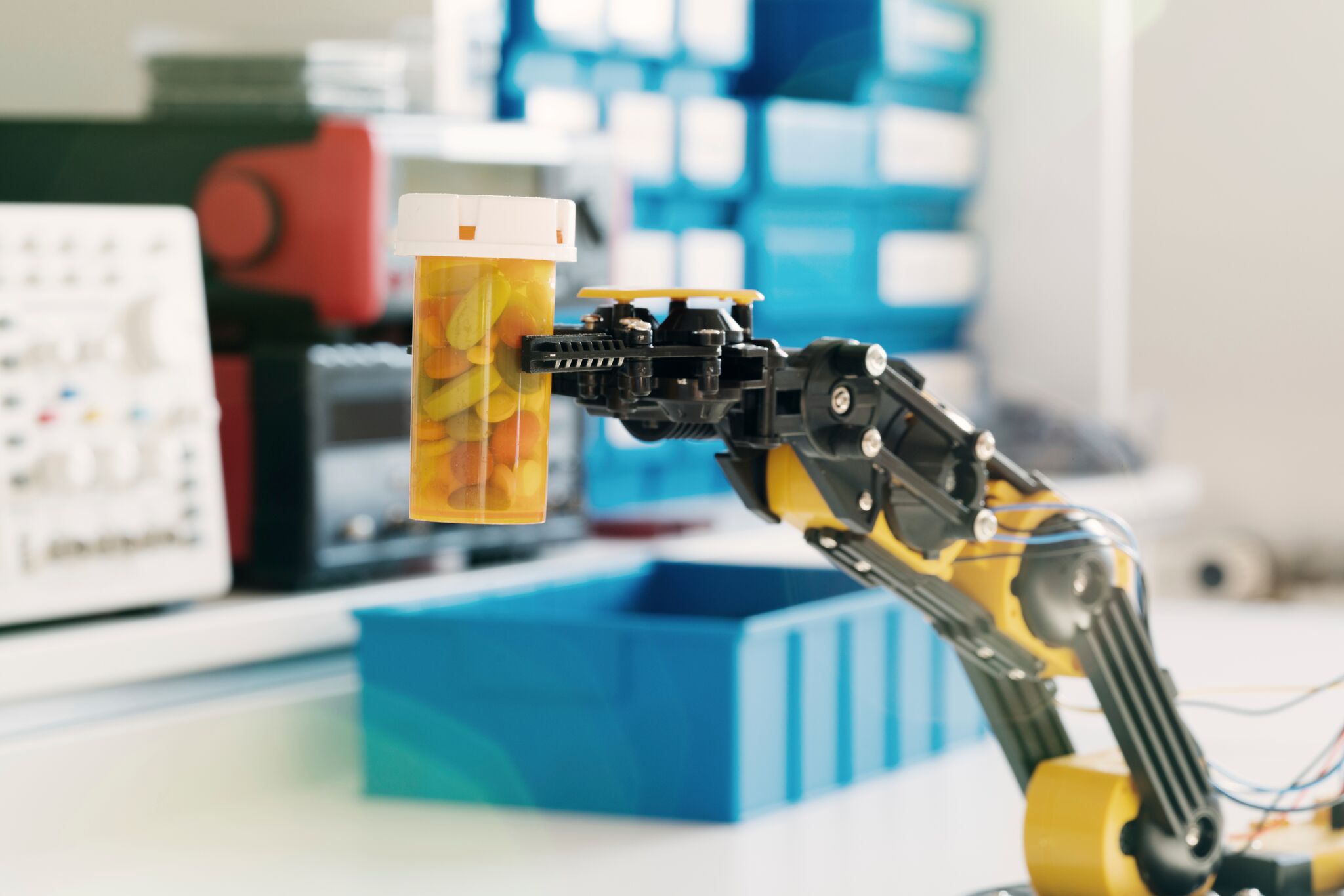
One of the alarming developments in the medical world, in recent years, has been the discovery that the pathogens for which countless antibiotics have been developed are beginning to figure out a way around them.
So it is good news out of MIT that researchers there have used AI to develop a new drug that kills many of the world’s most challenging disease-causing bacteria, including some strains of antibiotic-resistant bacteria.
According to MIT, the computer model, which can screen more than a hundred million chemical compounds in a matter of days, is designed to pick out potential antibiotics that kill bacteria using different mechanisms than those of existing drugs.
Researchers also identified several other promising antibiotic candidates, which they plan to test further, and they believe that given what it has learned about chemical structures that enable drugs to kill bacteria the model could be used to design new drugs,.
“We wanted to develop a platform that would allow us to harness the power of artificial intelligence to usher in a new age of antibiotic drug discovery,” said James Collins, the Termeer Professor of Medical Engineering and Science in MIT’s Institute for Medical Engineering and Science (IMES) and Department of Biological Engineering. “Our approach revealed this amazing molecule which is arguably one of the more powerful antibiotics that has been discovered.”
The reality is that in recent decades, very few new antibiotics have been developed, and most of those newly approved antibiotics are slightly different variants of existing drugs. “We’re facing a growing crisis around antibiotic resistance, and this situation is being generated by both an increasing number of pathogens becoming resistant to existing antibiotics, and an anemic pipeline in the biotech and pharmaceutical industries for new antibiotics,” Collins said.
Current methods for screening new antibiotics are often prohibitively costly, require a significant time investment, and are usually limited to a narrow spectrum of chemical diversity.
To try to find completely novel compounds, Collins teamed up with MIT faculty and student researchers who have previously developed machine-learning computer models that can be trained to analyze the molecular structures of compounds and correlate them with particular traits, such as the ability to kill bacteria.
“The machine learning model can explore, in silico, large chemical spaces that can be prohibitively expensive for traditional experimental approaches,” explained Regina Barzilay, one of the researchers and a professor in MIT’s Computer Science and Artificial Intelligence Laboratory (CSAIL).
The idea of using predictive computer models for “in silico” screening is not new, but until now, these models were not sufficiently accurate to transform drug discovery.


